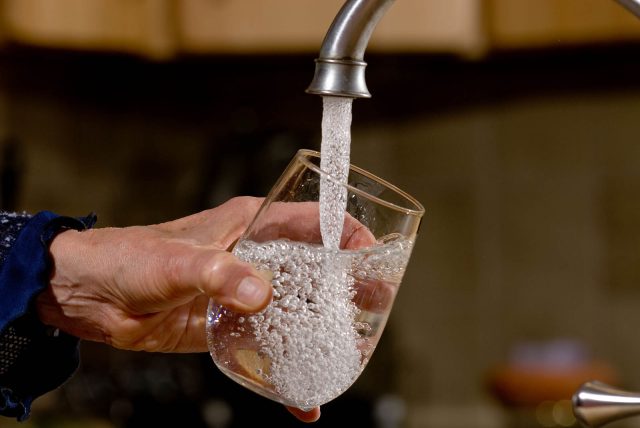
How much water goes swirling down the drain when you flush a toilet? How many gallons does it take to fill a hot tub? Most of us, it turns out, have no idea. A new study in PNAS finds that Americans have some major blind spots when it comes to how we use water and how we can best conserve it.
Shahzeen Attari, a researcher from Indiana University, surveyed more than 1,000 people living in the US about their perceptions of water use. The participants were recruited via Amazon’s Mechanical Turk, a crowdsourced marketplace for work; each was given $3 of Amazon credit for completing the survey.
First, the participants were asked two open-ended questions: describe the single most effective thing they could do to conserve water, and describe the single most effective thing that Americans in general could do to conserve water. And despite the obvious similarity between these two questions, two very different answers emerged. Regarding their own water conservation, most people recommended “curtailment” strategies, or small ways that they could cut their water consumption (such as taking shorter showers or turning the water off when brushing their teeth). But for other Americans, the participants tended to recommend more major “efficiency” actions such as replacing appliances with water-efficient versions.
It’s not totally clear why there is such a disparity between what people consider reasonable for themselves and what they recommend for others, and this study didn't test that question explicitly. Efficiency strategies are generally more effective than curtailment in terms of reducing long-term water use, but it’s possible that the upfront cost of installing high-efficiency appliances sounds more appealing if someone else is footing the bill.
The participants were also asked to estimate the amount of water consumed during 17 different activities, from filling a bathtub to washing a car to filling an Olympic-size swimming pool. The correlation between the estimated and actual water consumption was large, which suggests that participants had a basic understanding of water use and generally knew which activities used the most and least water. However, people vastly underestimated the amount of water used; overall, these activities required twice as much water as they expected.
There were also some major biases in the participants' estimates of water consumption. First, people tended to underestimate the amount of water used by standard appliances like dishwashers and toilets, and they overestimated that used by their water-efficient counterparts. This is called "compression," and it's a common psychological bias when people are comparing objects, people, or concepts. People don't seem to fully grasp how much water can be conserved by using high-efficiency appliances, which may also explain the popularity of curtailment over efficiency strategies in the open-ended part of the survey.
People also have a bias when it comes to activities that require a lot of water: the higher the water use of a given activity, the more people tended to underestimate the water required. For example, participants low-balled the water needed to fill a standard backyard pool by a factor of more than 18.
Older participants’ estimations were better than their younger counterparts’ guesses, and males tended to be more accurate than females. Perhaps surprisingly, those deemed to have more “pro-environmental attitudes” (as measured by the New Ecological Paradigm scale) were no better than others at estimating water use. This result runs somewhat counter to what Attari found in a similar 2010 study looking at perceptions of energy use: when it comes to energy, people with more pro-environmental views are better at estimating consumption. (Overall, people are a bit better at estimating water use than energy use, likely due at least in part to the fact that most people are probably more familiar with measuring liquid than energy.)
Americans still use more than seven times the water needed for daily activities like drinking and cleaning; we each use about 98 gallons per person per day, compared to a baseline requirement of about 13.2 gallons. The dwindling supply of fresh water both in the US and abroad is a major economic, political, and environmental issue today, and these conflicts are likely to increase over the next several decades. If we’re going to stave off a major water crisis in some areas of the country, having some clue about our daily water use would be a small step in the right direction.
PNAS, 2014. DOI: 10.1073/pnas.1316402111 (About DOIs).
reader comments
274